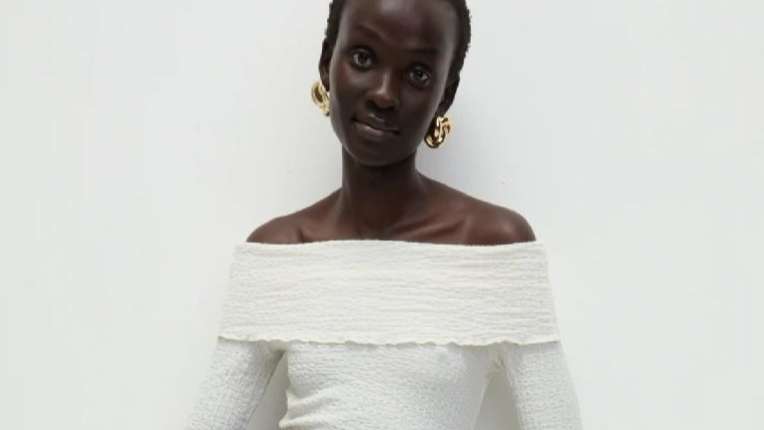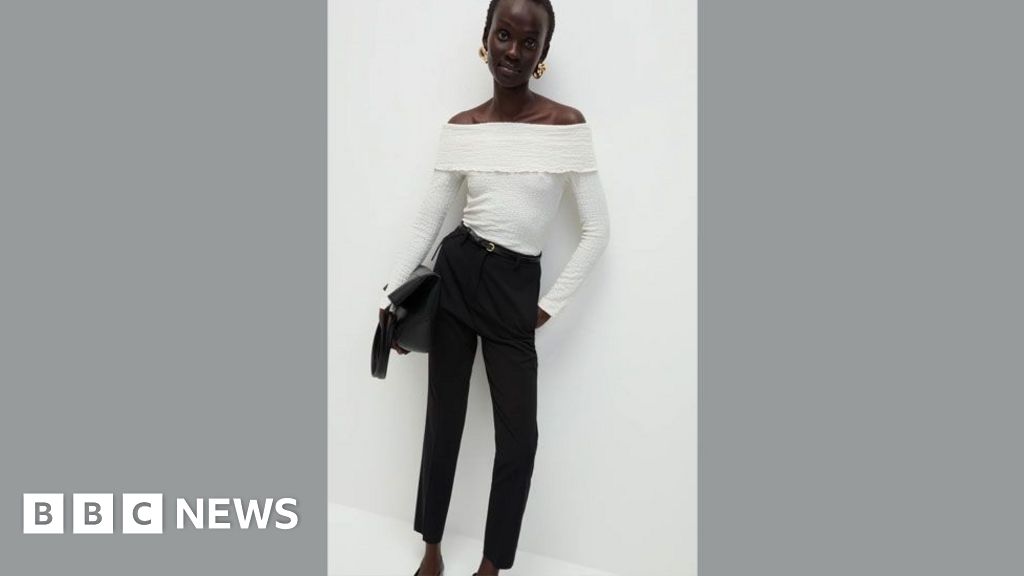T4K3.news
Marks & Spencer advert banned for featuring unhealthily thin model
A Marks & Spencer advertisement was banned by the ASA for using a model deemed unhealthily thin.

The Advertising Standards Authority bans an advert from Marks & Spencer for portraying an unhealthily thin model.
Marks & Spencer faces backlash over advert featuring thin model
The Advertising Standards Authority has banned a Marks & Spencer advert for showcasing a model deemed to be unhealthily thin. This decision followed reviews of four complaints asserting that the advert promoted unrealistic body images. The ASA pointed out that the model's pose and attire, combined with camera angles, accentuated her slenderness, particularly emphasizing her prominent collar bones and the disproportionate appearance of her head. Marks & Spencer removed the image from its advertising and acknowledged the criticisms, stating that the intention was to convey confidence rather than to promote unhealthiness. The retailer maintains that it strives to represent a range of body sizes in its promotions. This incident adds to the ongoing conversation surrounding body image in advertising, reflecting shifting societal norms after years of advocating for diversity in body representations.
Key Takeaways
"We considered that the pose of the model and the choice of clothing meant the ad gave the impression that the model was unhealthily thin."
This quote reflects the ASA's judgment on the ad's implications for body image.
"Our womenswear sizing ranges from size 8 to 24 and we always want to reflect that in our advertising."
This statement from M&S underscores their commitment to showcasing diverse body types despite the controversy.
Marks & Spencer’s recent advertising setback may signal a deeper issue within the fashion industry regarding body representation. After a decade of pushing for inclusivity, a noticeable shift back to promoting thinner body types raises concerns about the current trends influenced by fashion and social media. The term 'heroin chic' echoes from the past as marketers may misread current consumer desires. With the increasing popularity of weight-loss drugs, the fashion world must tread carefully to avoid fostering harmful beauty standards that many had fought to dismantle.
Highlights
- Promoting thinness again could harm body positivity efforts.
- We can't go back to glorifying unrealistic body types.
- Society must decide what it values more: health or aesthetic.
- Is the fashion industry ignoring years of progress?
Concerns about body image representation
The ban on the advert raises important issues regarding the portrayal of body image in media. Marks & Spencer's experience reflects a broader trend in advertising where the impact of model representation is scrutinized. The backlash hints at a public sensitivity around the issue, especially as it relates to health and social responsibility.
The implications of this ruling may resonate far beyond a single advert as societal views on body image continue to evolve.
Enjoyed this? Let your friends know!
Related News

M&S ad banned for unhealthy portrayal of model

AI model featured in Vogue's Guess advertisement

Samsung unveils foldables and Pixel 10 prototype appears

Top travel mugs and reusable coffee cups reviewed

Tech firms unveil the thinnest devices yet

Apple announces potential iPhone 17 release date

Apple reveals three-year iPhone roadmap

Apple reveals iPhone 17 expected launch date
